Re Perez
Re Perez is a seasoned Brand Consultant, Keynote Speaker and CEO of BRANDING FOR THE PEOPLE, a leading branding agency that helps small businesses create memorable and profitable brands using Fortune 500 branding principles.
How did the top 500 companies in the world build their brands and amass such a large fortune?
By owning a piece of their customers’ minds.
The Harvard Business Review found that 95% of all purchasing decisions are made subconsciously. Large companies use this subconscious decision making to escalate their companies from average to Fortune 500.
They have redefined branding and then perfected the art of it. As Fortune
500 companies see it, a brand isn’t a logo, website, story or message. A brand is what resides in the minds of the people that are being communicated to. This process of creating, shaping and influencing the desired perception is how impactful brands are established.
A memorable and profitable brand is not led by sales or marketing efforts. It’s
a brand-led business and it’s the future of business.
A brand-led business does the work for the marketers and salespeople. Customers become unpaid brand advocates that market the brand and sell it to friends and family just because they love being part of that brand’s community.
Profitable brands have mastered the intersection of uniqueness, relevancy and authenticity. They create a unique persona that continues to stay relevant with their target audience. These brands have mastered the intersection of community, solving a pain point and connecting with their ideal customer’s values and belief systems.
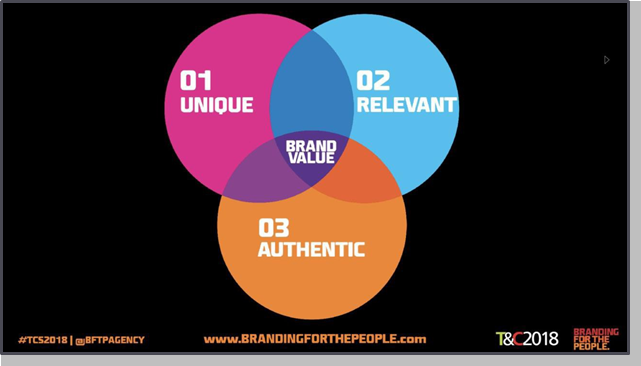
Uniqueness is achieved by thinking outside of the industry. Examples of unique products are Listerine Strips combining a breath mint and a Botan rice candy. Virgin America didn’t invent commercial airplanes but they did invent a lounge experience for their commercial flyers.
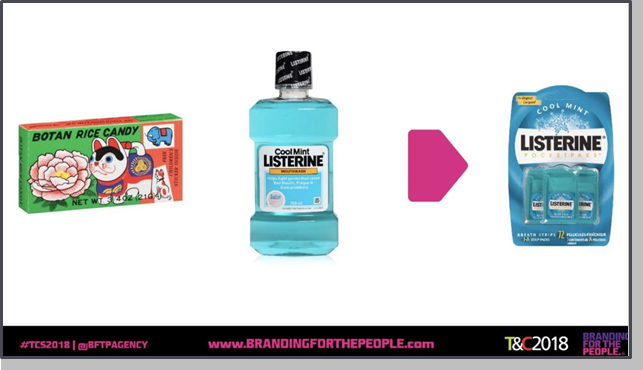
Let’s look at an example of the transition from an average brand to a relevant brand.
Ugurus is a business academy for web professionals and digital marketing
agencies. Initially their branding looked like this:
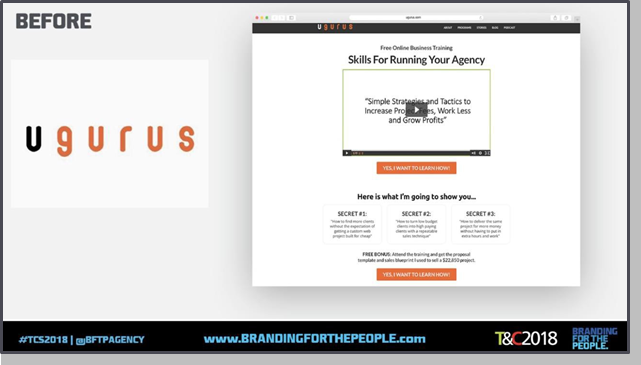
Ugurus brand idea is that it’s better together. Highlighting this idea, the same name was leveraged but shifted focus. Instead of focusing on the “Guru” portion, the highlight was moved to the “U.” The concept behind the brand moved from the people teaching to the person being taught.

Part of branding is creating a cohesive system. The moment somebody sees “U” they think of Ugurus. They remember the brand because now it’s memorable. Moving the focus from the teachers towards the person being taught made the brand more relevant. It now focuses on the customers and their community.
Authenticity is the last factor in creating a memorable brand. People give
money to companies they trust. How does a company become trustworthy?
Odyssey is an LSAT Test prep based out of New York that wanted to add
authentic personality to their brand.
Initially, Odyssey looked like this:
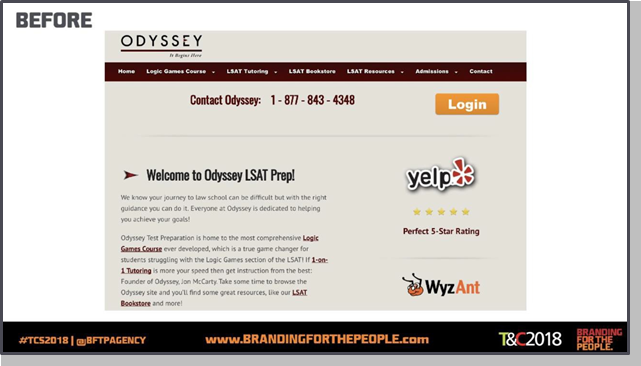
Now, it looks like this:
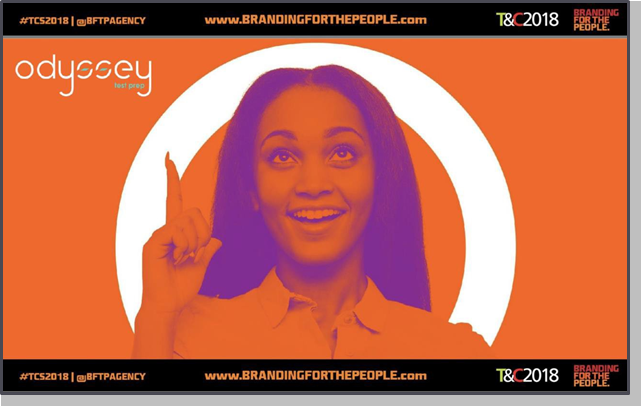

The importance of authenticity is crucial to success. It gets businesses further, faster. It can 20x profits just by creating an authentic relationship between consumer and brand.
The brands that can master the intersection of uniqueness, relevancy and
authenticity are the ones that win.
With 95% of purchasing decisions being made subconsciously, how does a brand get into the consumer’s mind without the consumer realizing?
These three factors are the difference between average brands and profitable, memorable brands. They sell the consumer just with branding tools like graphics and copywriting.
Redefine the definition of branding and shift focus to how the customer is going to see and communicate with the brand. If they are interested, relating and trusting of the brand, it will become profitable.
